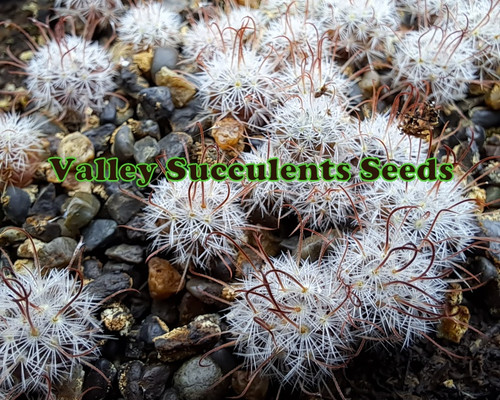Pot Size: 1 gallon
Accepted Scientific Name:
Euphorbia ammak 'Variegata'
Origin and Habitat
Euphorbia ammak is native to the arid regions of the Arabian Peninsula, particularly Saudi Arabia and Yemen. It thrives in hot, dry environments with rocky or sandy soils, where it grows as a striking, tall succulent tree. In its native habitat, it is exposed to intense sun, minimal rainfall, and well-draining substrates. The variegated cultivar is a cultivated form prized for its ornamental value and is not commonly found in the wild. It has gained popularity in arid landscaping and succulent collections around the world due to its dramatic coloration and architectural form.
Description
Euphorbia ammak 'Variegata' is a tall, tree-like succulent that can reach up to 180 inches (15 feet) in height when mature, though typically remains smaller in containers. It has thick, columnar, four-angled stems with sharp, well-defined ribs. The stems display creamy white and green variegation in bold vertical bands. Small paired spines occur along the edges of the ribs. Flowers are small, yellow-green cyathia that appear near the stem tips, typical of Euphorbias, and are more noticeable in mature specimens. Its sculptural shape and striking coloration make it a dramatic focal point in both indoor and outdoor settings.
Cultivation
Zone: USDA Zones 10–12
Temperature: Optimal temperature range is 18°C to 35°C. Protect from frost below 10°C.
Growth Rate: Moderate to fast growth in warm, bright conditions.
Soil: Requires well-draining soil; use a cactus mix amended with pumice for ideal drainage.
Watering: Water deeply but infrequently. Let soil dry out completely between waterings. Reduce watering in winter.
Fertilizing: Apply a diluted balanced liquid fertilizer every 2–3 weeks during spring and summer. Avoid feeding in winter.
Light: Requires full sun to bright indirect light. Indoors, place in a south or west-facing window.
Pests and Diseases: Susceptible to mealybugs, scale, and root rot from overwatering. Use insecticidal soap for pests and ensure well-draining soil.
Propagation
Propagated by stem cuttings. Let cuttings dry and callous for several days before planting in pumice-rich, dry soil. Water only after roots begin to form to prevent rot.
Notes: This a rooted cutting with a min of 6" above the soil.







